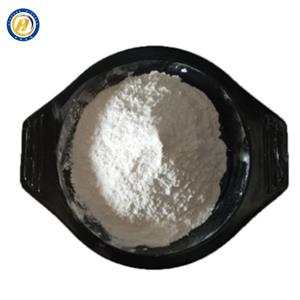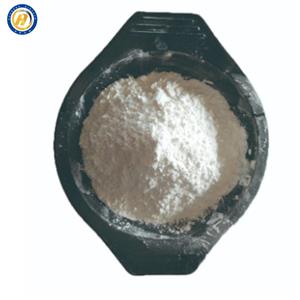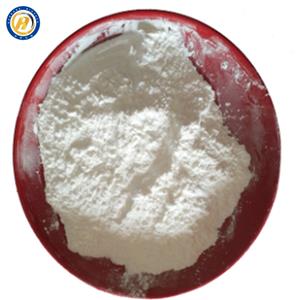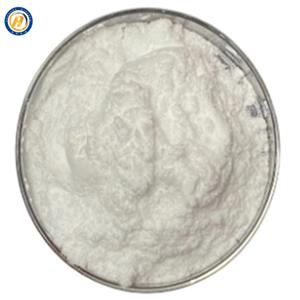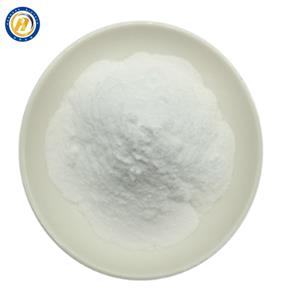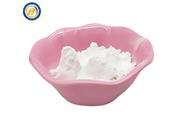
Product Name:Oxolinic acid
Synonyms:1-ethyl-1,4-dihydro-6,7-methylenedioxy-4-oxo-3-quinolinecarboxylicacid;1-ethyl-6,7-methylenedioxo-4-quinoline-3-carboxlicacid;utibid;w4565;OXOLINIC ACID;5,8-DIHYDRO-5-ETHYL-8-OXO-1,3-DIOXOLO[4,5-G]QUINOLINE-7-CARBOXYLIC ACID;5-ethyl-5,8-dihydro-8-oxo-1,3-dioxolo[4,5-g]quinoline-7-carboxylic acid;5-ETHYL-8-OXO-5,8-DIHYDRO-[1,3]DIOXOLO[4,5-G]QUINOLINE-7-CARBOXYLIC ACID
CAS:14698-29-4
MF:C13H11NO5
MW:261.23
EINECS: 238-750-8
Melting point:314-316°C (dec.)
Boiling point:473℃
density:;1.3038 (rough estimate)
refractive index:1.5500 (estimate)
Fp:>110°(230°F)
storage temp.:2-8°C
solubility:Soluble in 0.5N NaOH with warming
form:Crystalline Powder
pka:5.94±0.20(Predicted)
color:White
Water Solubility:3.214mg/L(temperature not stated)

Developed in Japan in the 1970s, oxolinic acid belongs to the family of quinolone antibiotic, which is a synthetic antimicrobial agent aiming at gram-negative bacteria, especially those responsible for urinary tract infections. It is also commonly used in clinical for microbiological antimicrobial susceptibility tests against gram negative microbial isolates, providing antibiotic treatment options for infected patients. It can serve as a selective agent in several types of isolation media, for example, to isolate Gardnerella vaginalis. Besides, oxolinic acid can be applied in agriculture, which has proved to be effective against the seed-borne pathogen, such as Burkholderia glumae, a bacteria inducing grain rot, sheath rot, seedling rot, and bacterial panicle blight.
Oxolinic acid works by targeting DNA gyrase or topoisomerase II, enzymes vital for DNA synthesis, which ultimately inhibits DNA synthesis and cell division.

 China
China
